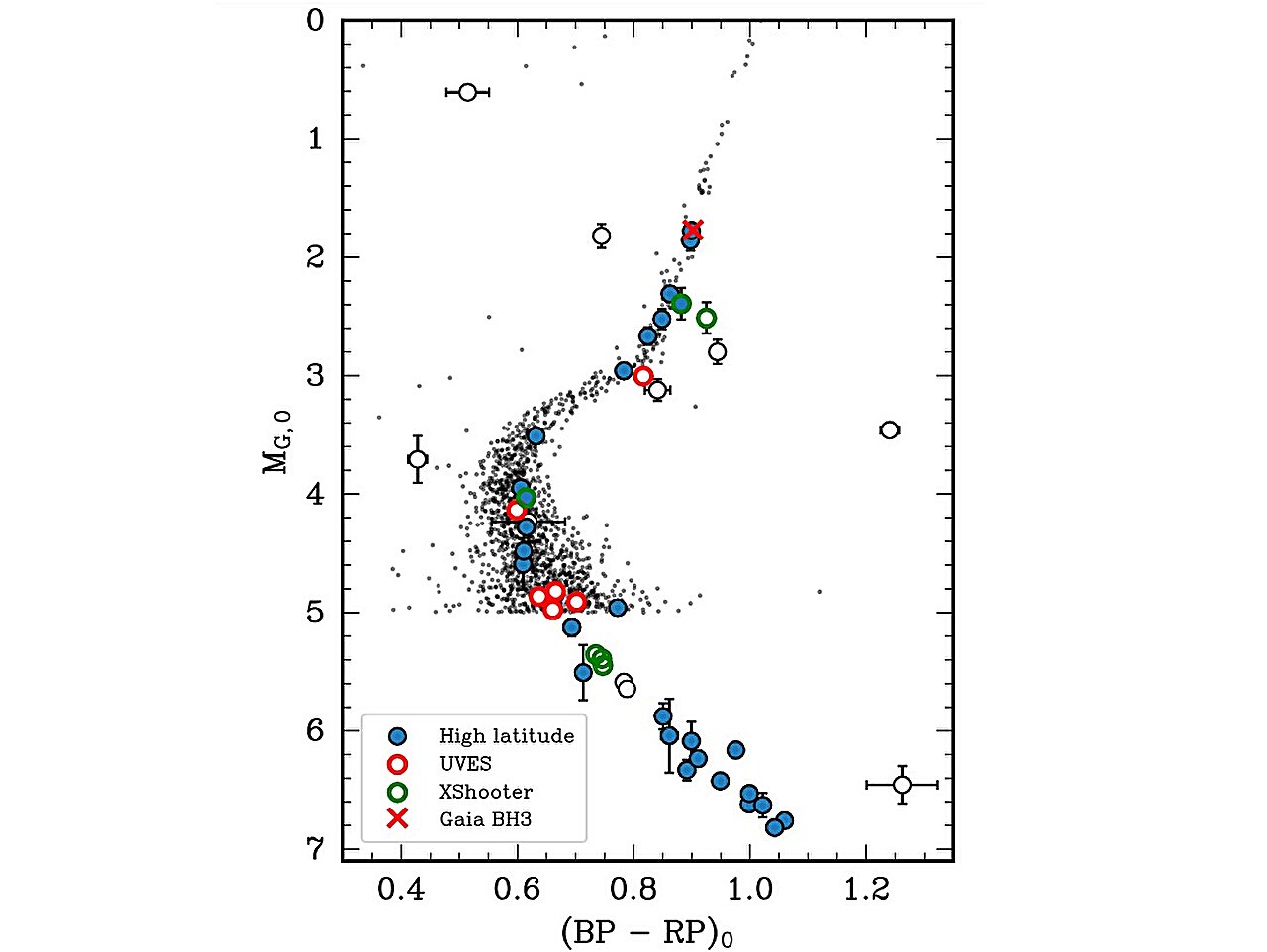
Digital nomads were made possible by remote work, and they became essential as the pandemic spread.
This story is part of The Road Ahead, a series that examines the future of travel and how we’ll experience the world after the pandemic.
In April, a radio DJ, a marine ecologist, a water polo player, and a migrant studies scholar flew to idyllic Dubrovnik, a seaside city in Croatia with a vast labyrinth of medieval architecture famed for weaving the scenery of the cult fantasy TV show Game of Thrones. Hailing from Finland, Japan, and the United States, the travelers were among 10 lucky winners of a first-of-its-kind digital nomad residency contest, for which the prize was a month-long stay in the lush “Pearl of the Adriatic” with complimentary meals and lodging. The residents ate, drank, networked, and day-tripped to the cliffs of Konavle—home of 2020’s most beautiful beach in Europe—and the island of Mljet, which is shrouded in dense forest that features exciting hazards like venomous snakes and wild mongooses. Ostensibly, they were there to brainstorm how to design Dubrovnik as a nomad-friendly city in the digital age.
But for Croatia, the real goal was to market its own image away from a “holiday playground,” as program director Tanja Polegubic calls it, into a serious long-term destination for remote workers. You could think of it as striking while the iron is hot—or really, while Croatia is hot: During the COVID-19 pandemic, the country saw an influx of workers fleeing expensive cities in western Europe.
























